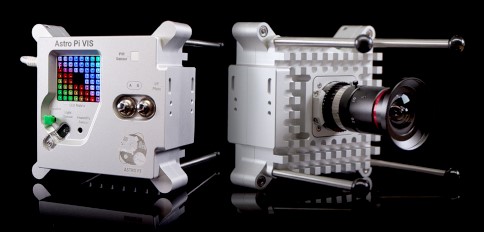Students from The Buchan School have been taking part in an exciting project by the Raspberry Pi Foundation in their Project “Astro Pi”.
Form 3 and Form 4 have written code in python which will be displayed on the International Space Station. The project explains: You will complete this project to enter the Astro Pi Mission Zero challenge and have your code run in space on an Astro Pi computer. Your project show an image on the 8×8 display and will set the background colour of an image to the colour that the Astro Pi detects. This will make the International Space Station (ISS) more colourful for the astronauts on board. Your code will use the colour luminosity sensor on the new Mark II Astro Pi computer’s Sense HAT to make this happen.”
An Astro Pi is a Raspberry Pi computer encased by a housing specially designed for conditions in space. Astro Pi computers come with a set of sensors and gadgets that can be used to run great scientific experiments
Pupils were given the choice of 6 images to display, all with the theme of ‘flora and fauna’, however their ICT teacher Alan Macnair wanted the project to be more personal and suggested the children designed their own images. Pupils drew images in Excel using an 8×8 template and encoded image with letters to display as a list within python. These letter variables were given colours (some custom rgb values too!) and sent to the display as well as sensing colours and displaying those within a loop on the display.
Mr Macnair said:
“We spend a lot of our time using block-based coding at primary school and this provided a very worthwhile and engaging project for pupils to tackle which dipping their toes into the world of ‘real’ coding. The idea that their images would be displayed on the ISS spurred pupils on to debug and improve their programs throughout the project and I am hugely pleased with their outcomes. There were some really unique and creative images along with some familiar designs from the world of gaming (technically, they are still animals!) We very much look forward to receiving our certificates once the programs have been uploaded which should tell the children where the ISS was when their code ran and will provide a very unique memento of this special project.”

